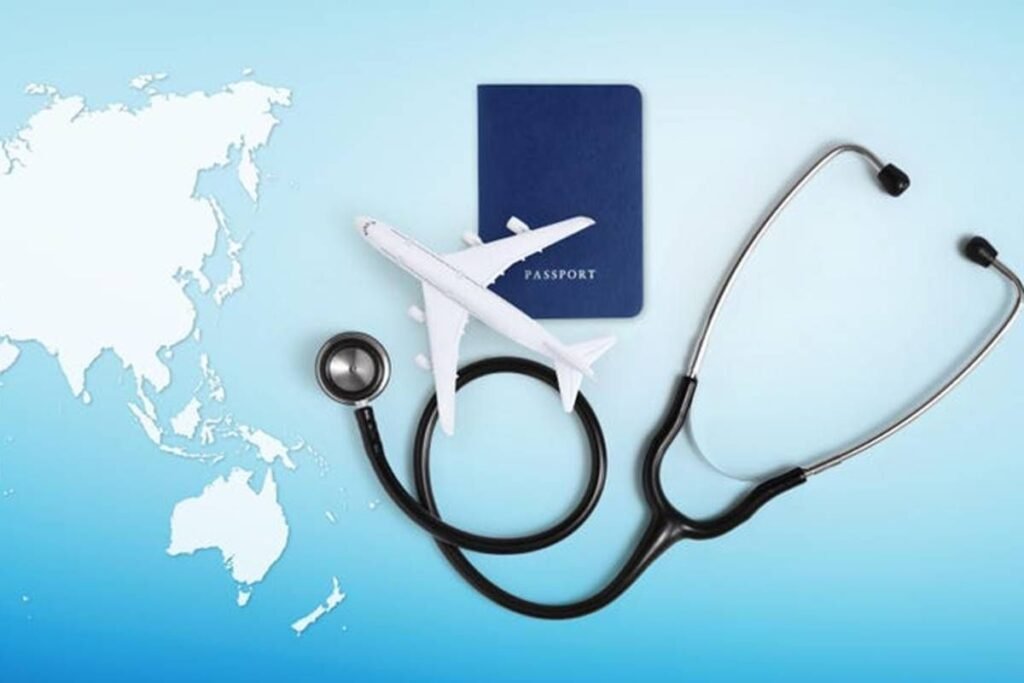Heart Operation in India: Everything International Patients Need to Know
Choosing to undergo a heart operation in India is a strategic decision that blends world-class medical care with significant cost advantages. Over the past decade, India has firmly established itself as a top destination for international cardiac patients due to modern infrastructure, high surgical success rates, and a patient-centric medical tourism ecosystem. This guide walks international patients through everything—from why India, to procedures, pros/cons, planning the trip, recovery, and risk mitigation.
Why Choose India for a Heart Operation?
Thousands of patients from around the world travel to India each year for heart surgery. Here’s why:
Affordable Costs – Up to 80% cheaper than in Western countries.
Modern Hospitals – Equipped with advanced cardiac technology.
Experienced Surgeons – Many are internationally trained.
English-Speaking Staff – Easier communication and care.
No Long Wait Times – Faster consultations and surgery scheduling.

Common Heart Procedures Offered in India
Indian cardiac centers perform the full spectrum of heart operations using both traditional and advanced techniques. Common procedures include:
Coronary Artery Bypass Grafting (CABG), including off-pump techniques (OPCAB) and minimally invasive variants.
Angioplasty and Stent Placement for coronary artery disease.
Heart Valve Replacement or Repair (mechanical or biological).
Pacemaker and ICD Implantation for rhythm disorders.
Heart Transplantation in advanced heart failure cases.
These procedures are delivered with high survival and success rates; for example, heart bypass surgery in centers such as those highlighted by the Asian Heart Institute shows survival rates in the 95–98% range for appropriately selected patients.
Advantages of Heart Operation in India
- Expert Doctors – Skilled, globally trained cardiac surgeons
- Affordable Costs – Up to 70–80% cheaper than Western countries
- Advanced Technology – Latest equipment & minimally invasive options
- No Waiting Time – Quick appointments and surgery scheduling
- International Support – Visa help, translators, travel assistance
- Quality Post-Op Care – Rehab, diet plans, and recovery support
How to Plan Your Medical Trip

Planning in advance ensures a smooth experience:
Choose a hospital or facilitator
Share your medical reports for evaluation
Get a treatment plan and estimate
Apply for a medical visa
Book travel and accommodation
Arrive in India and begin treatment
Many hospitals assist with airport pickup, translators, and lodging.
You may travel miles for treatment, but care in India makes you feel at home.
Aftercare and Recovery After a Heart Operation in India
Post-surgery care is crucial. Most hospitals offer:
Cardiac rehab and physiotherapy
Diet and lifestyle guidance
Telemedicine for follow-ups
Safe discharge with reports
Patients are usually advised to stay 1–3 weeks in India after surgery for recovery and observation.
FAQs About Heart Operation in India
❓ Are Indian hospitals safe for heart surgery?
☁️ Yes, many are 🌐 internationally accredited with expert cardiac teams.
❓ Can I get a medical visa easily?
☁️ Yes, and 🏥 hospitals often help with the process.
❓ How long do I stay after surgery?
☁️ Usually 🗓️ 2–3 weeks for recovery and follow-up.
❓ Can a family member come with me?
☁️ Yes, through a 👨👩👦 Medical Attendant Visa.
❓ Is language a barrier?
☁️ No, most doctors speak 🗣️ English, and interpreters are available.
Conclusion
Getting a heart operation in India means access to quality care, expert surgeons, and cost savings. With proper planning and trusted hospitals, you can ensure a smooth and successful treatment experience abroad.



